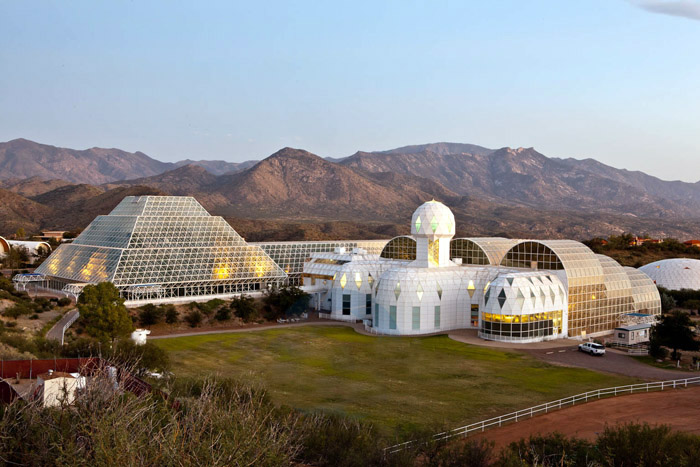Travelling by balloon is no longer reserved for Pixar dreams, or even just the above the Earth. World View Enterprises balloons seek to take people to new heights, specifically 20 miles above the Earth’s surface (double the altitude of a typical hot air balloon) and into the third layer of the atmosphere.

3D printing the pod
Taber MacCallum, one of World View’s three founding members, explained to fastcompany how the enterprise is rejuvenating stratospheric balloons, a technology that is now over 200 years old, saying:
We realized that nobody had taken modern technology and applied it to stratospheric ballooning. We’re talking about Tesla batteries, 3D printing, modern computation, and electronics. With these technologies, we’re learning to do things, like very precisely changing our altitude in a balloon.
MacCallum did not reveal the precise details of how the company is using 3D printing, but we can speculate that 3D printing will be used in fabricating parts for the enclosed capsule that attaches to the balloon for passengers to ride in. It will need to be lightweight, and durable, and 3D printed components will be useful in the upkeep of the World View Voyager as a unique experience.

Other high-altitude balloons
The first hydrogen balloon was infamously launched in Paris in 1783, and split due to the expansion of the gas. Since then, the technology has been decidedly mastered, and is commonly used by amateur radio stations as a transmitter for signals, or to record the weather. World View already successfully provide these options with their Stratollite Flight Services.
Commercial space pioneers
The first World View Voyager flights for customers are expected to launch in 2018. Two of the program’s founders, Taber MacCallum and Jane Poynter, also co-founded Paragon Space Development Corporation, a venture contracted to develop spacesuits for the Dutch Mars One project, expecting to colonize Mars by 2032.

Furthermore, the same two founders were crew members in Biosphere 2, a project set up to discover whether humans could exist within an enclosed ecosystem. Many of the plants and animals inside the facility perished and, as in a Big Brother House situation, the researchers deployed there ended up squabbling.
Though there may still be some way-to-go when it comes to colonising space the end result would certainly be worthwhile, as the astronaut-turned-YouTuber Colonel Chris Hadfield, says: ‘[In space] you recognize the unanimity of our existence. The commonality.” As 3DPI saw during this years International Astronautical Congress in Mexico, 3D printing is at the center of many renewed efforts reaching for the stars.
Video shows Colonel Chris Hadfield’s cover of Space Oddity by David Bowie aboard the ISS.
Featured image shows an artist’s impression of the World View ballon in flight. Image via: fastcompany



